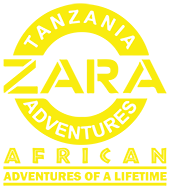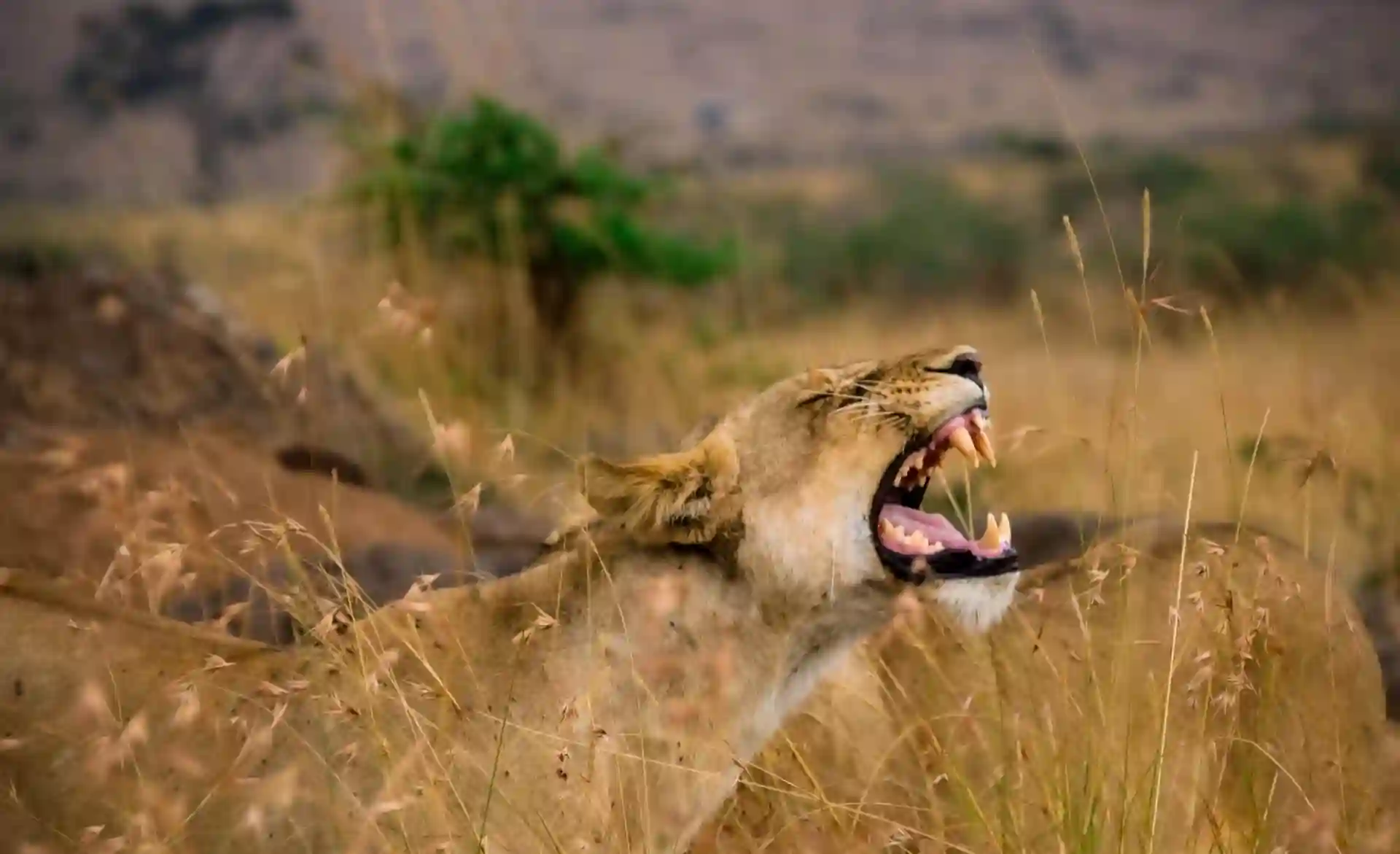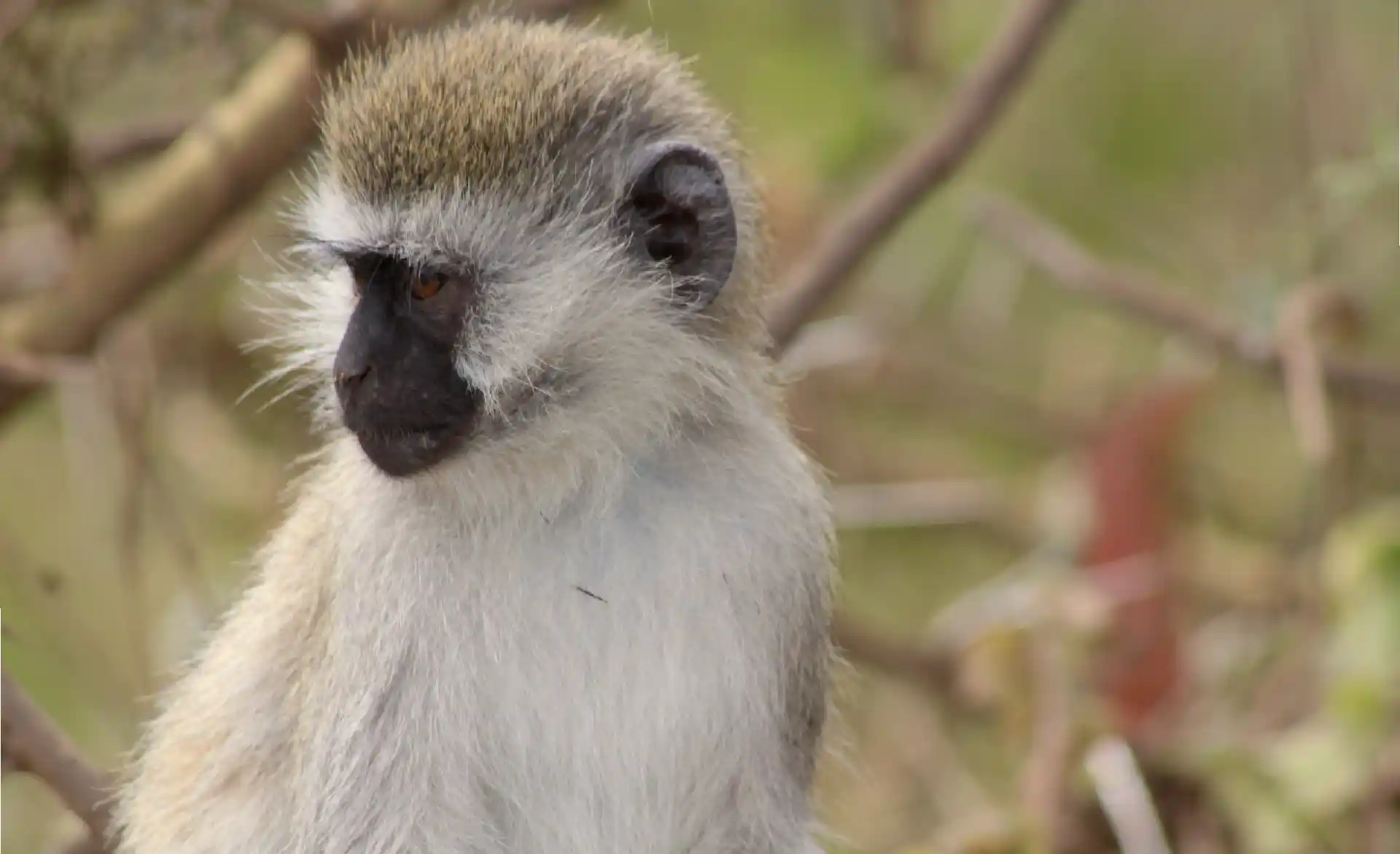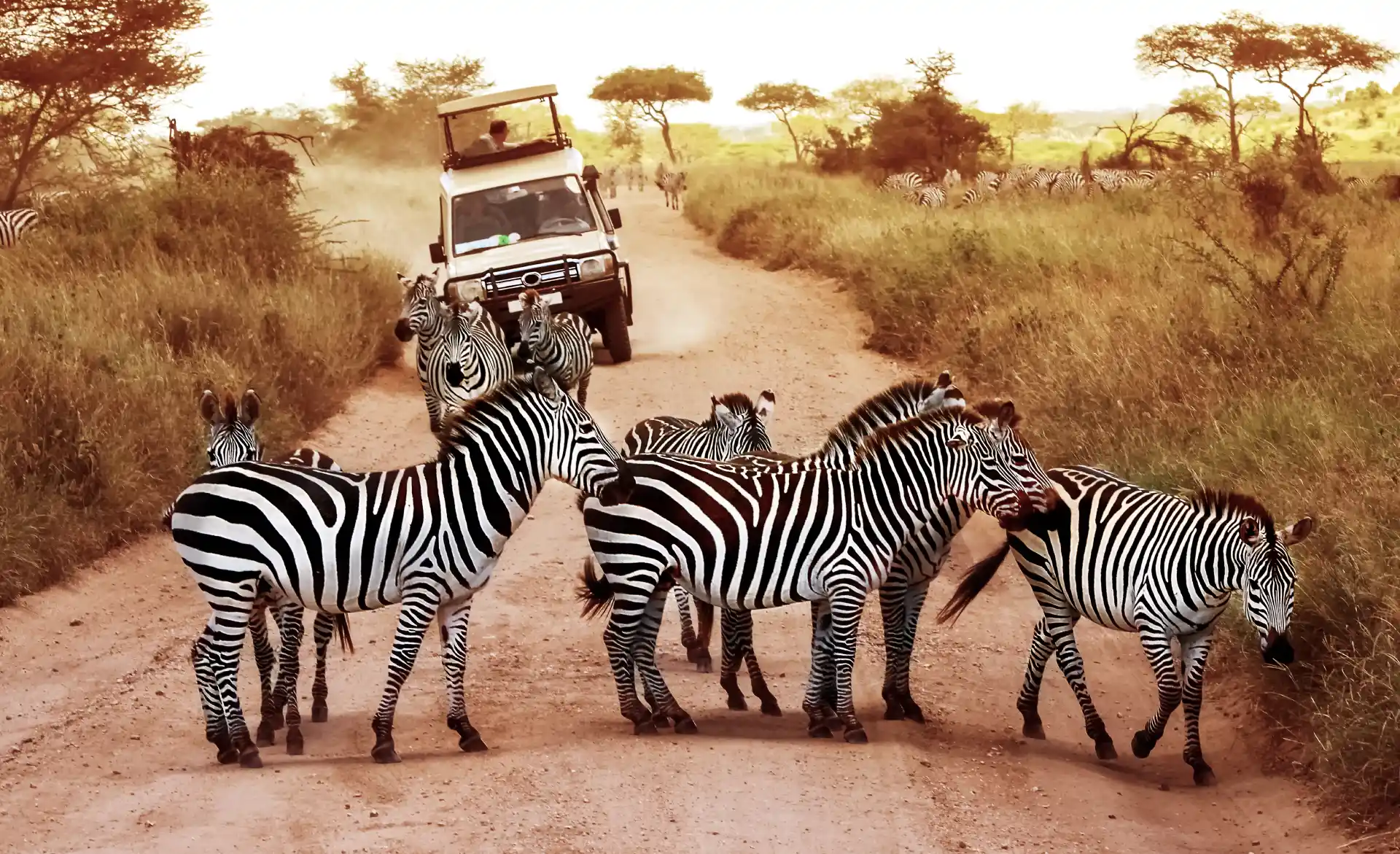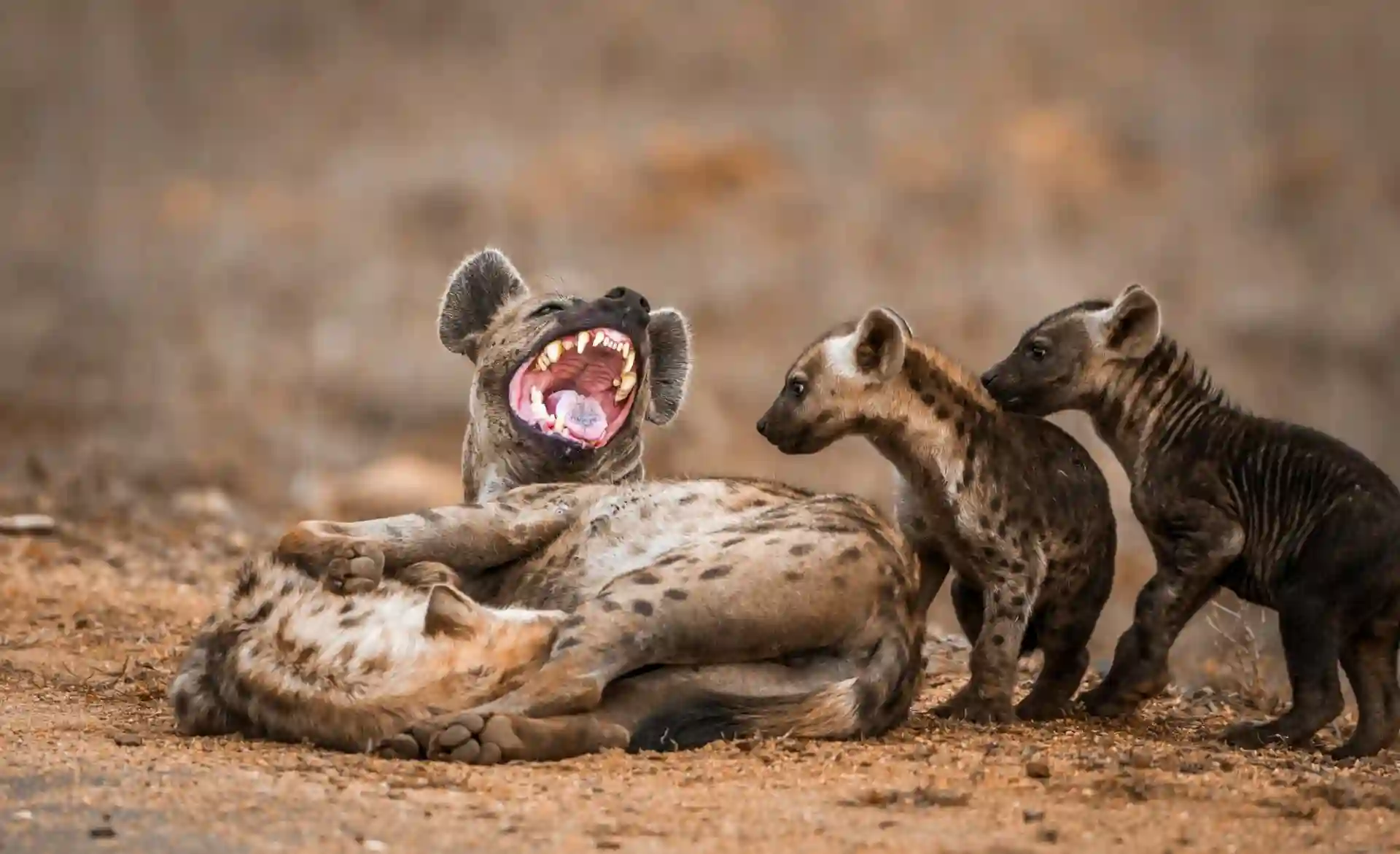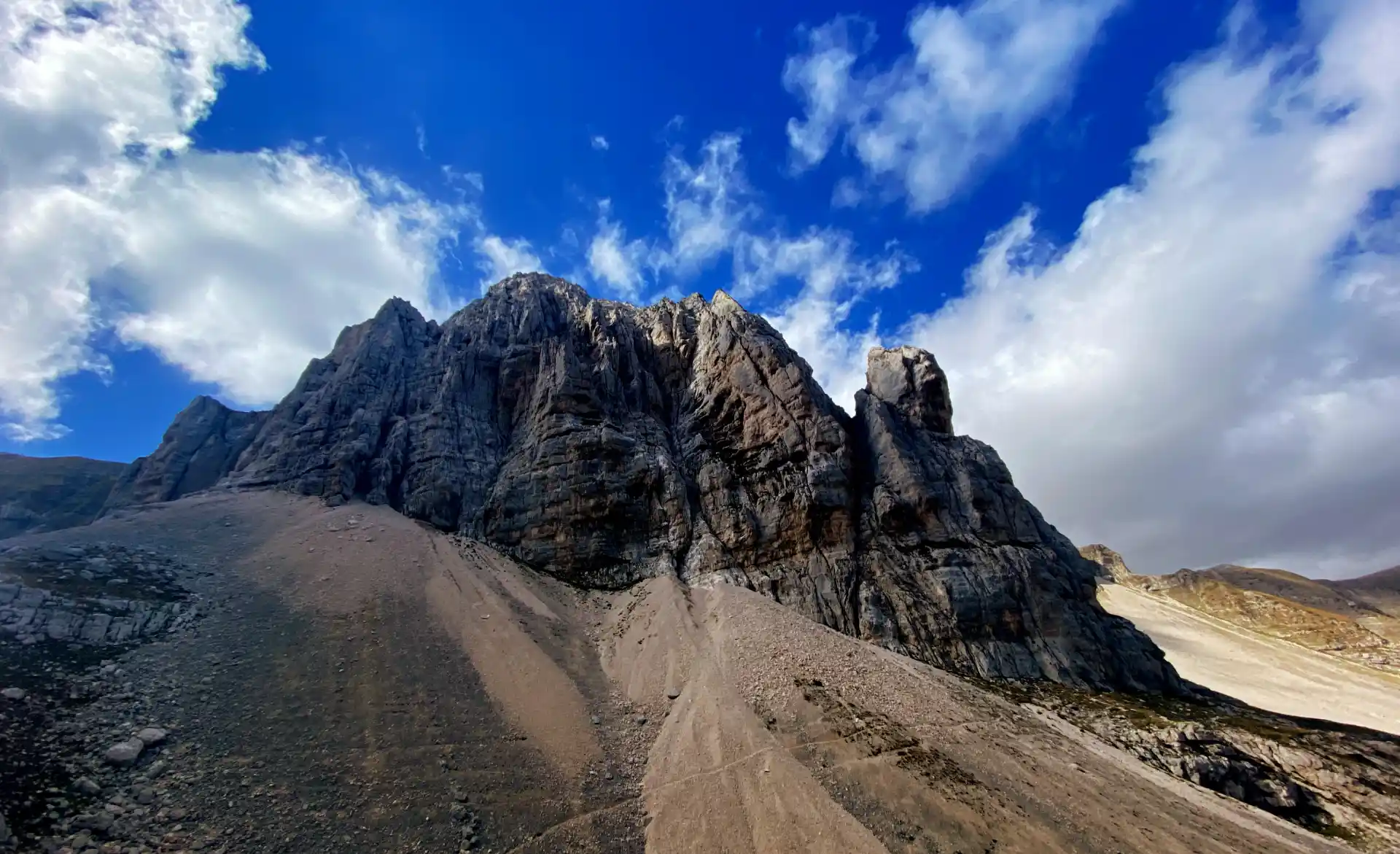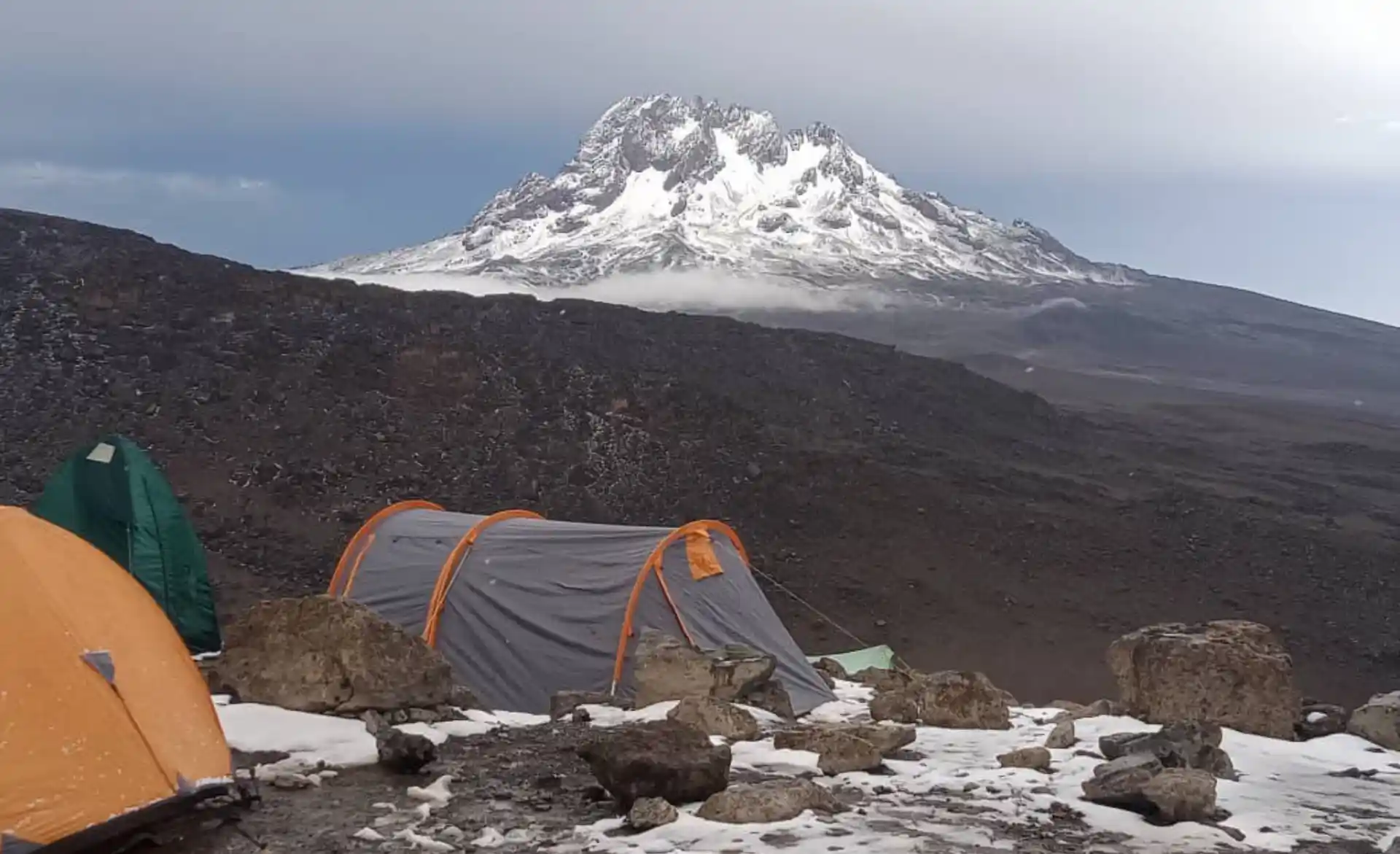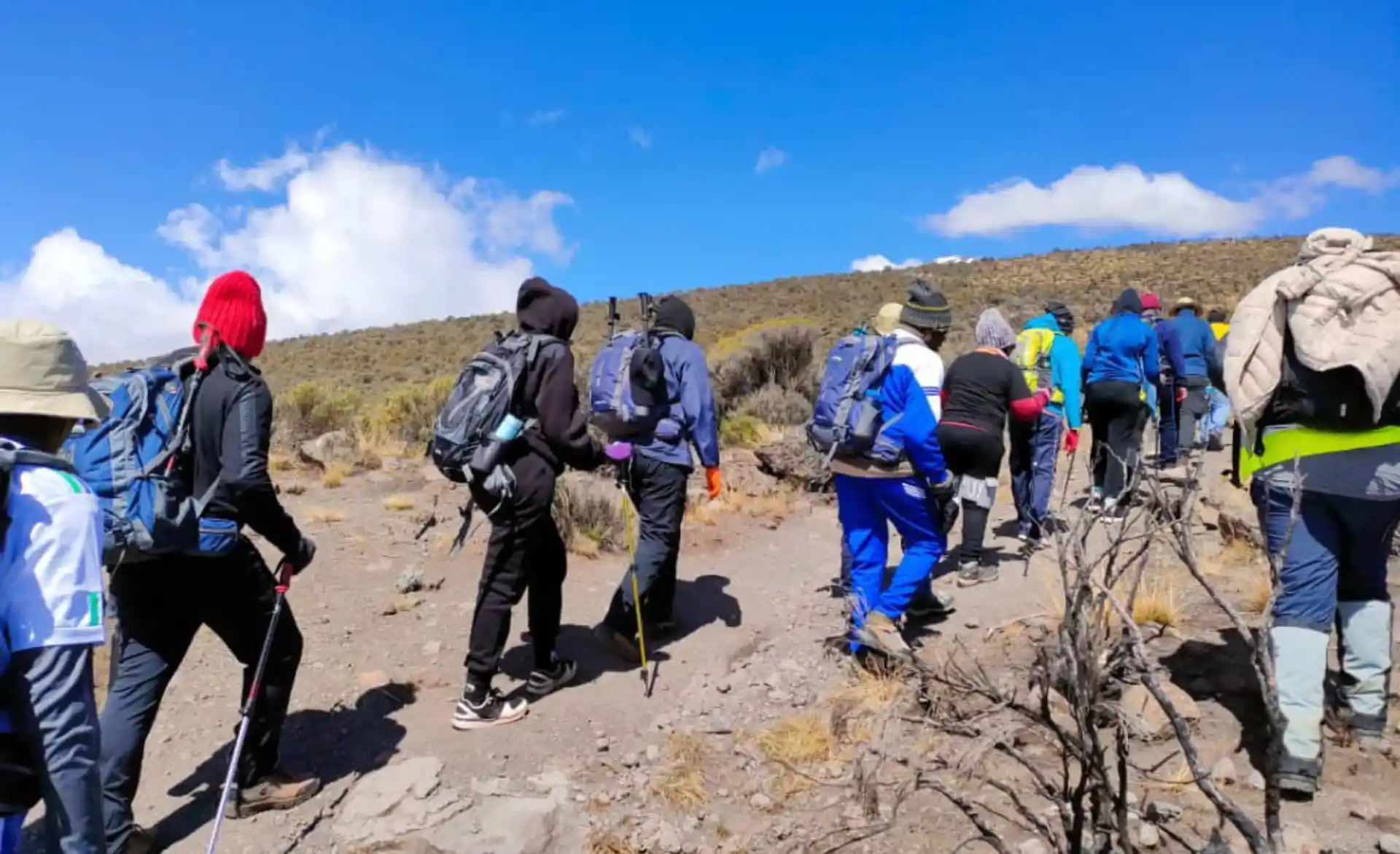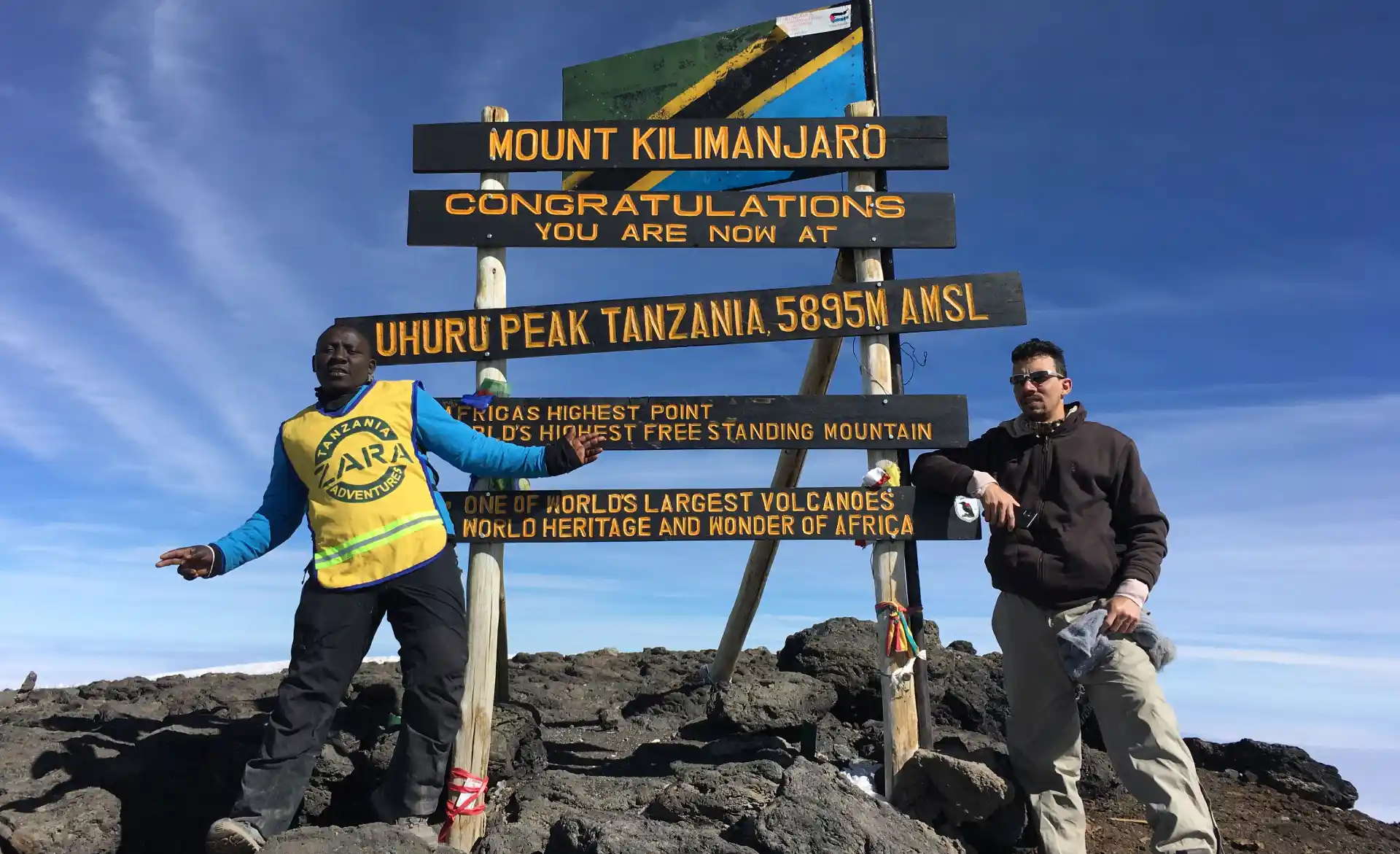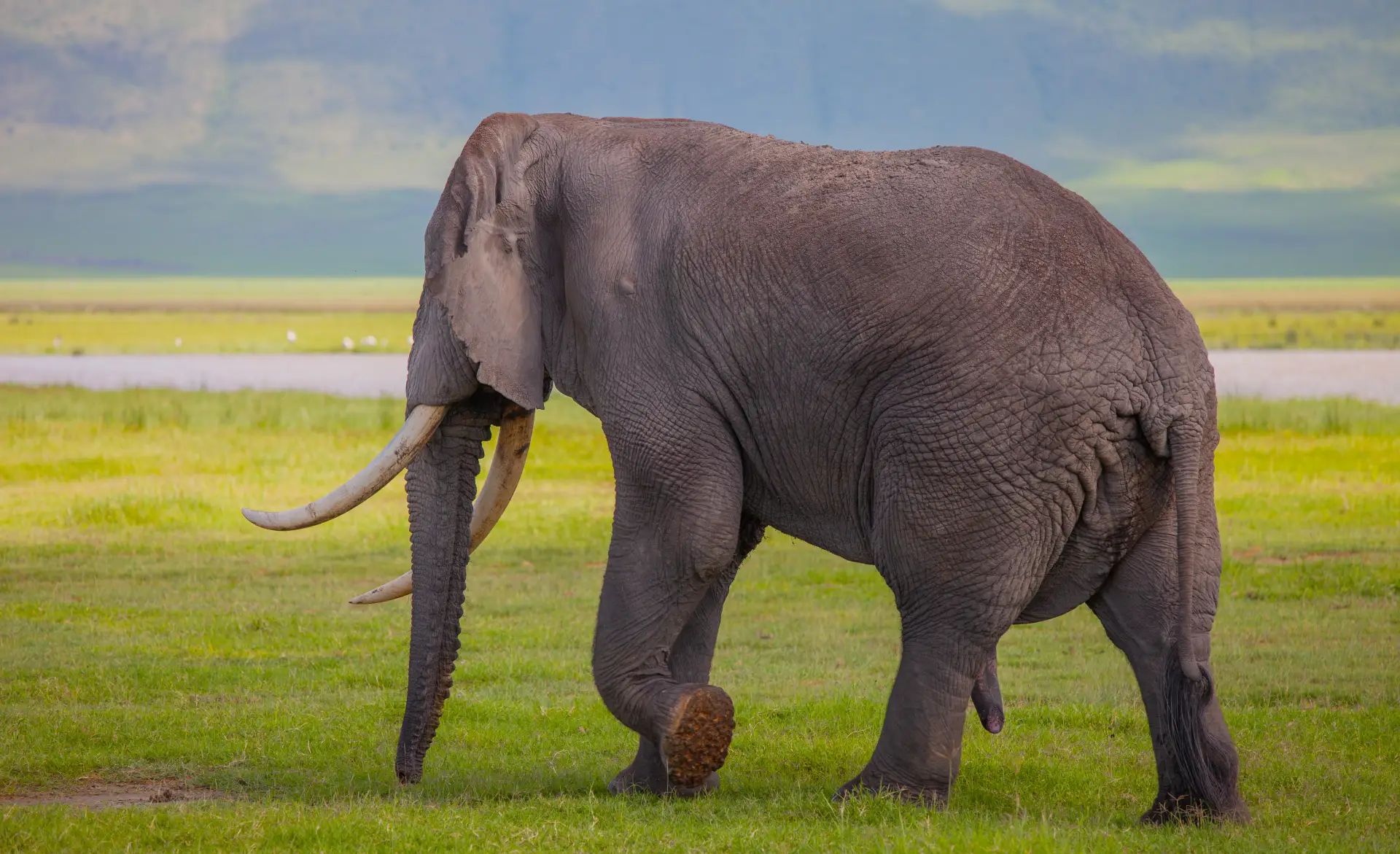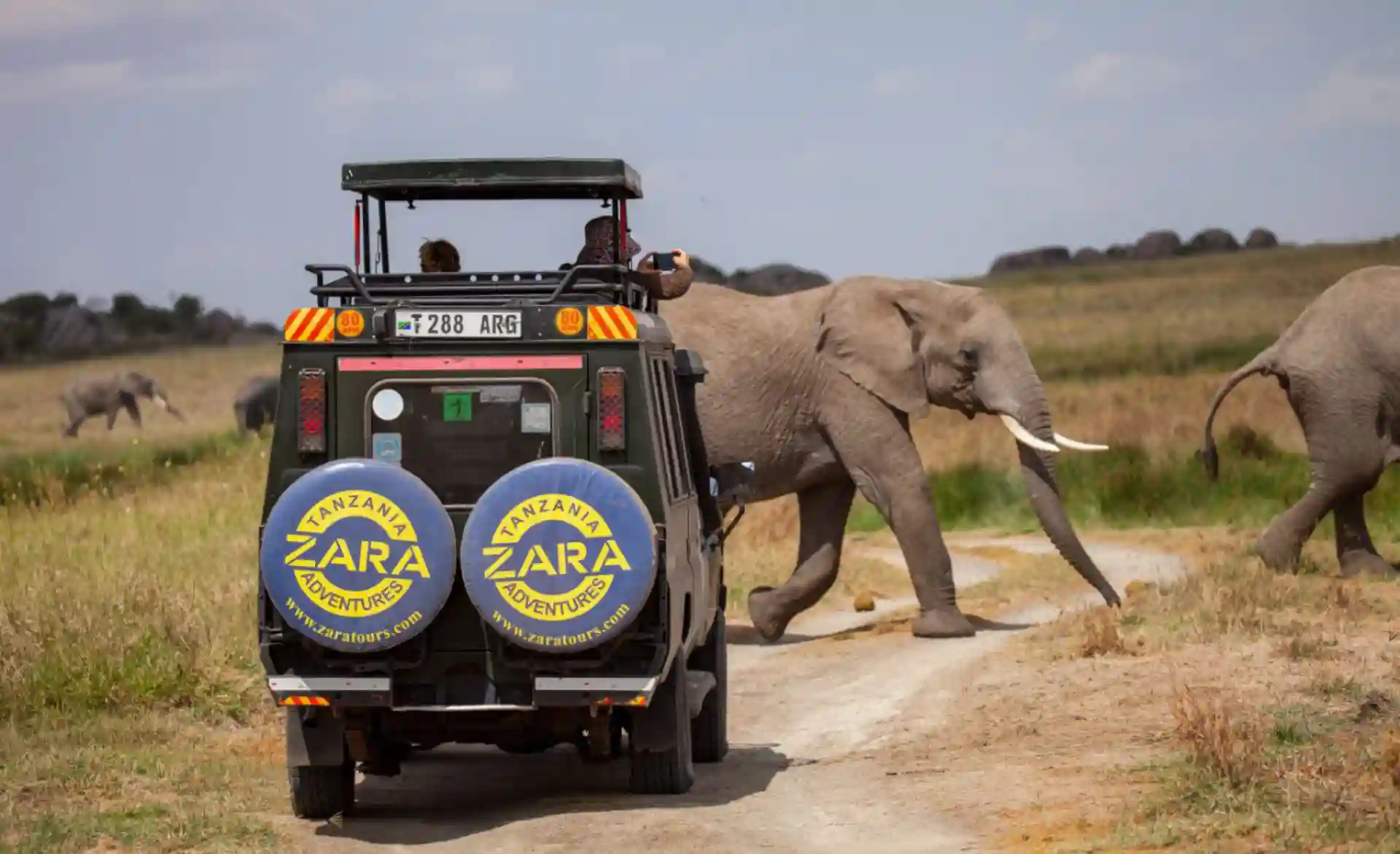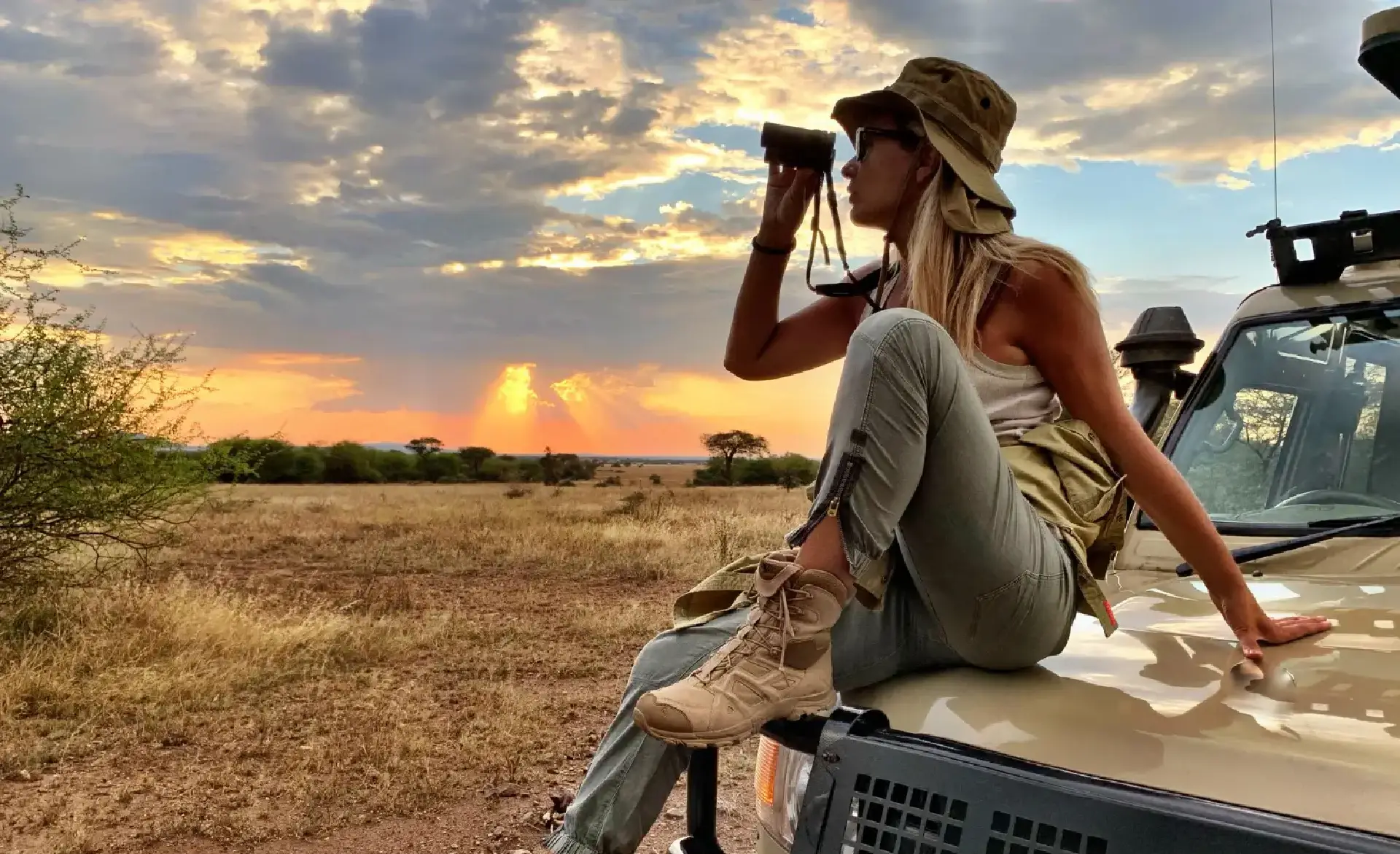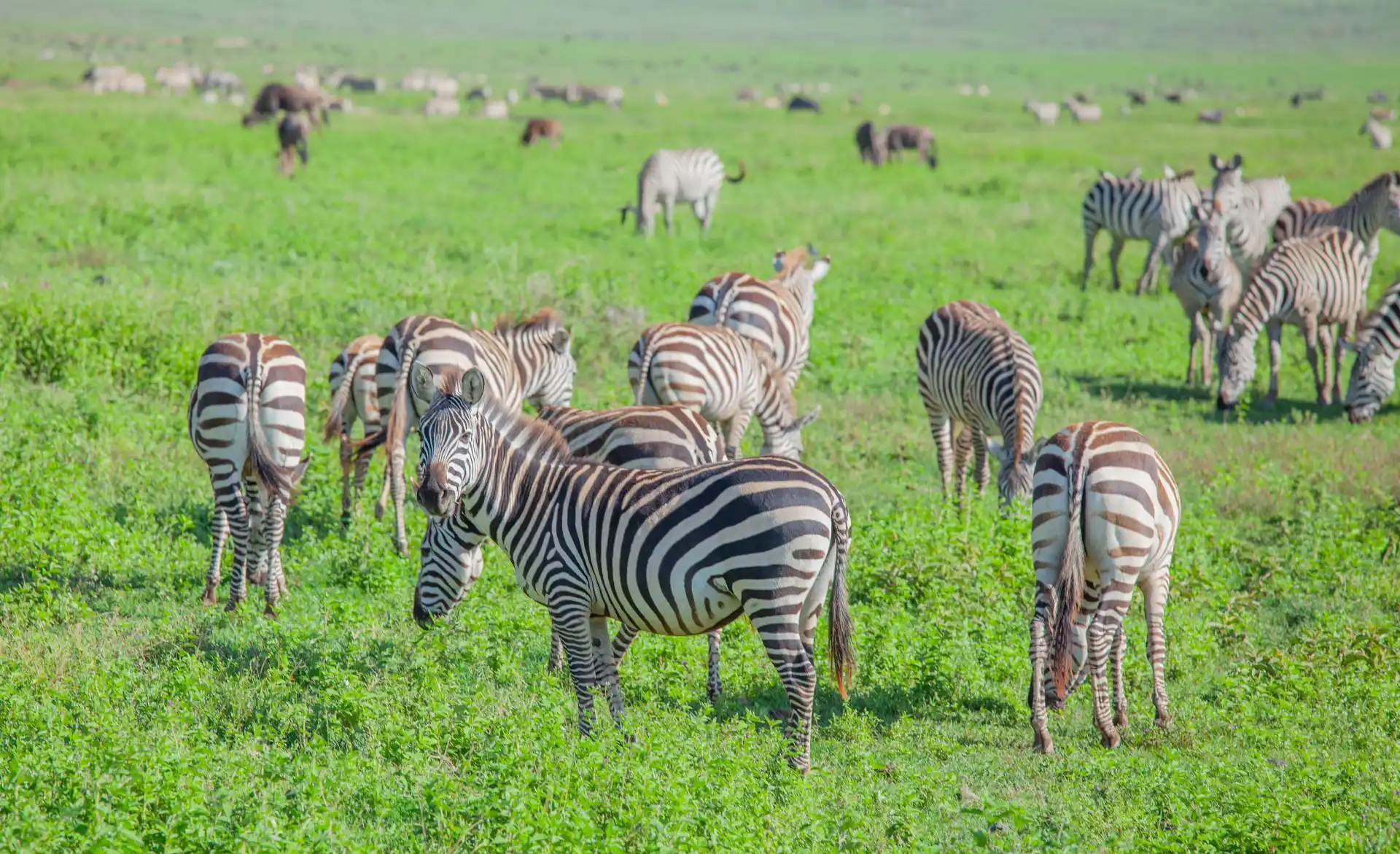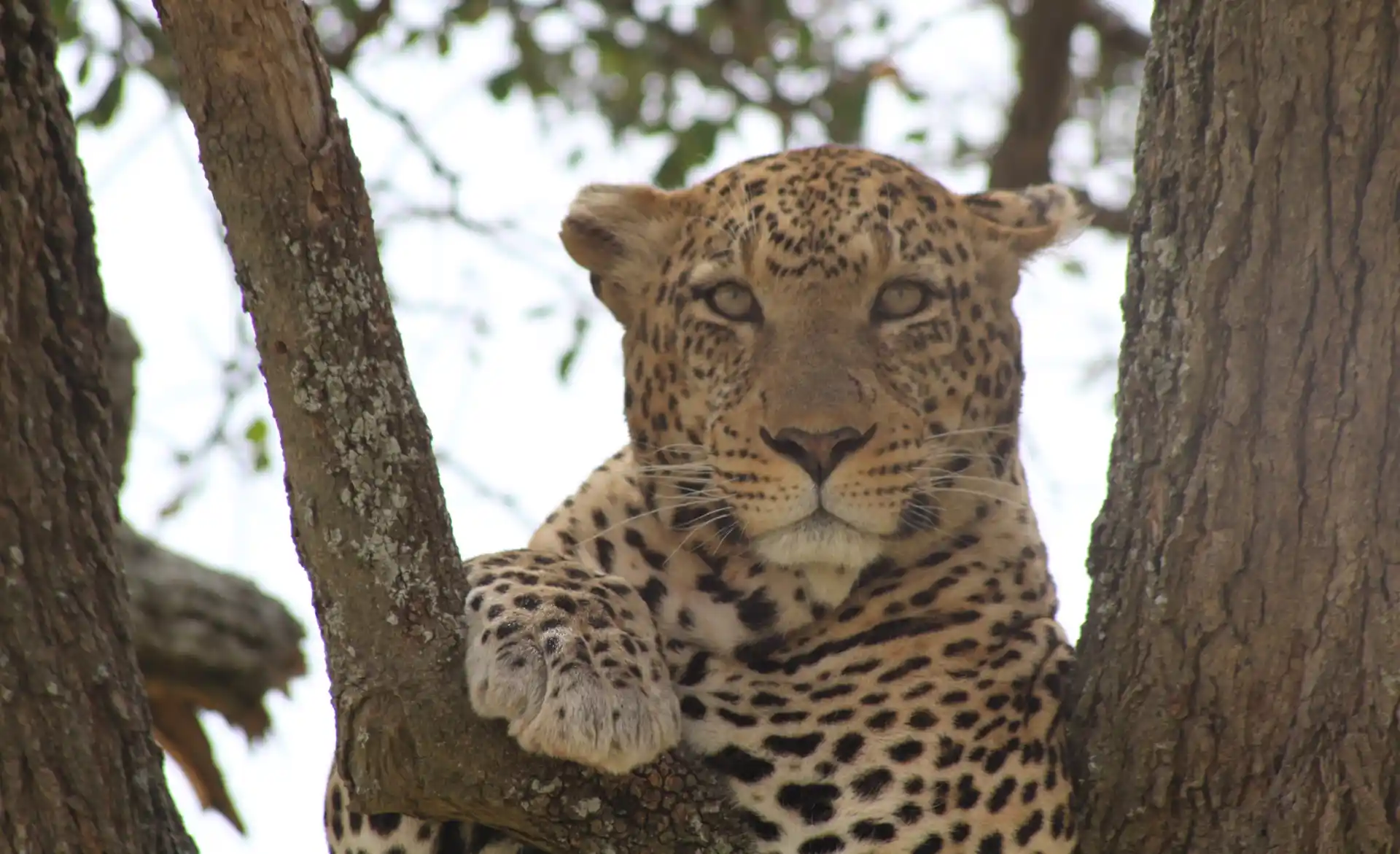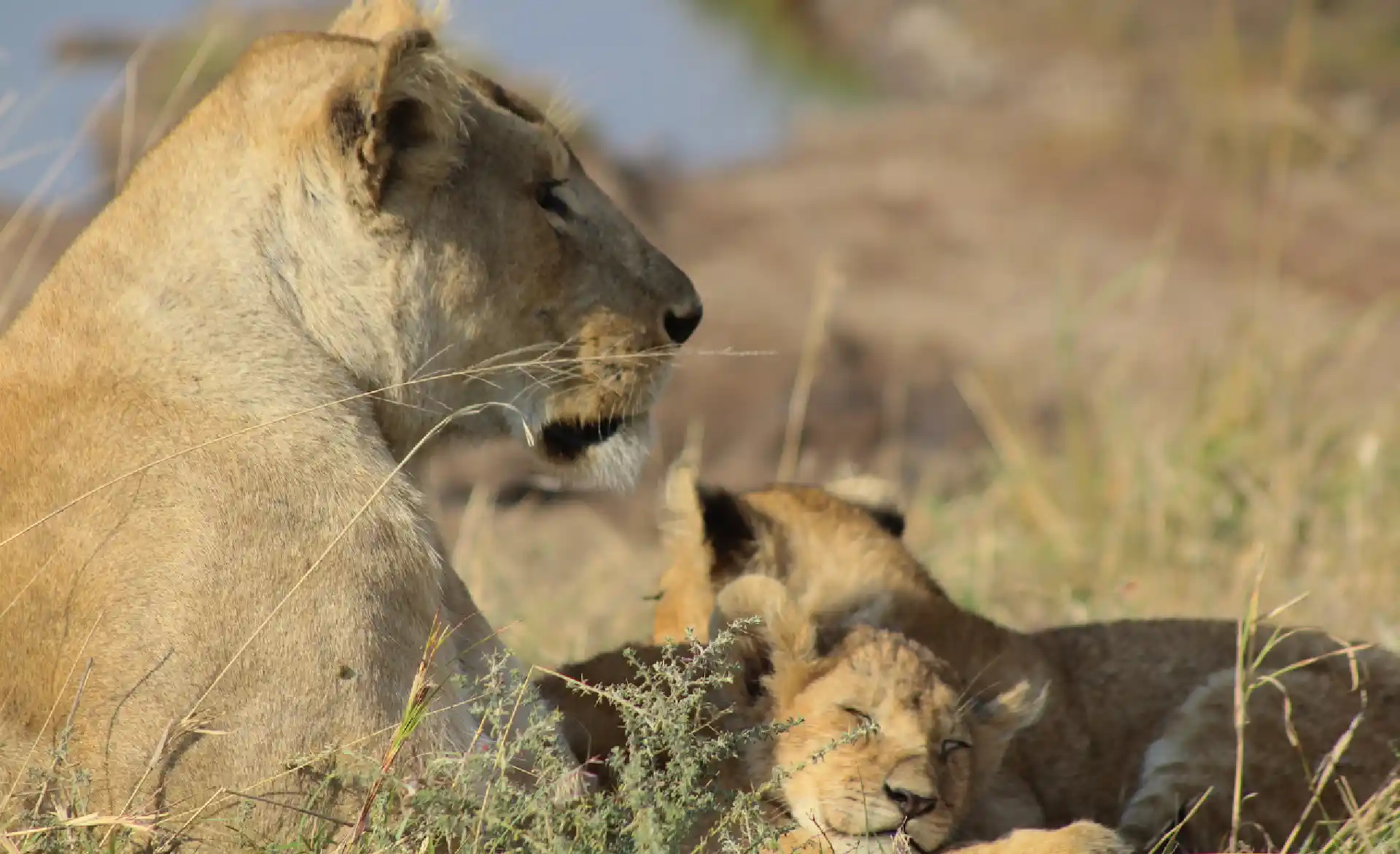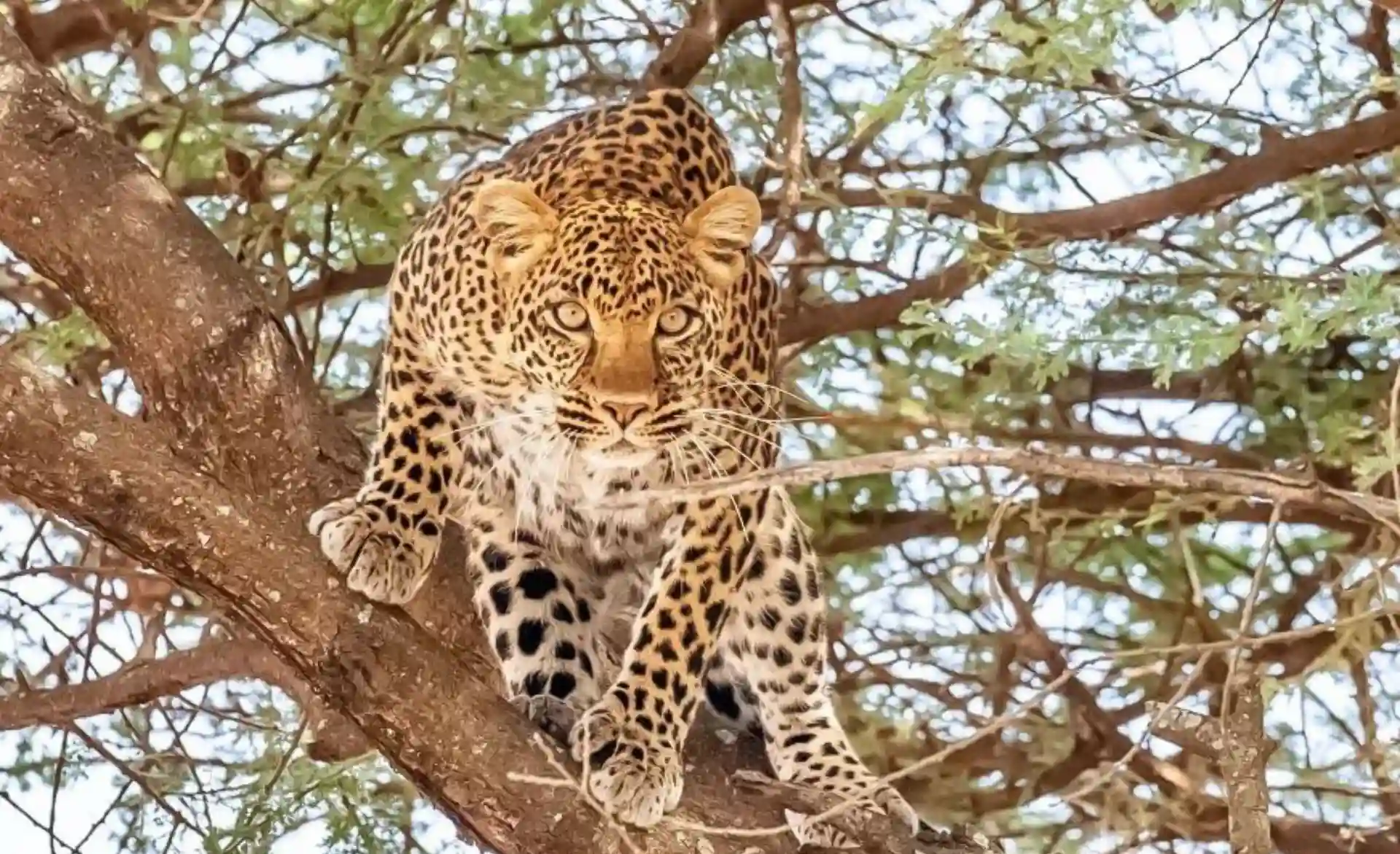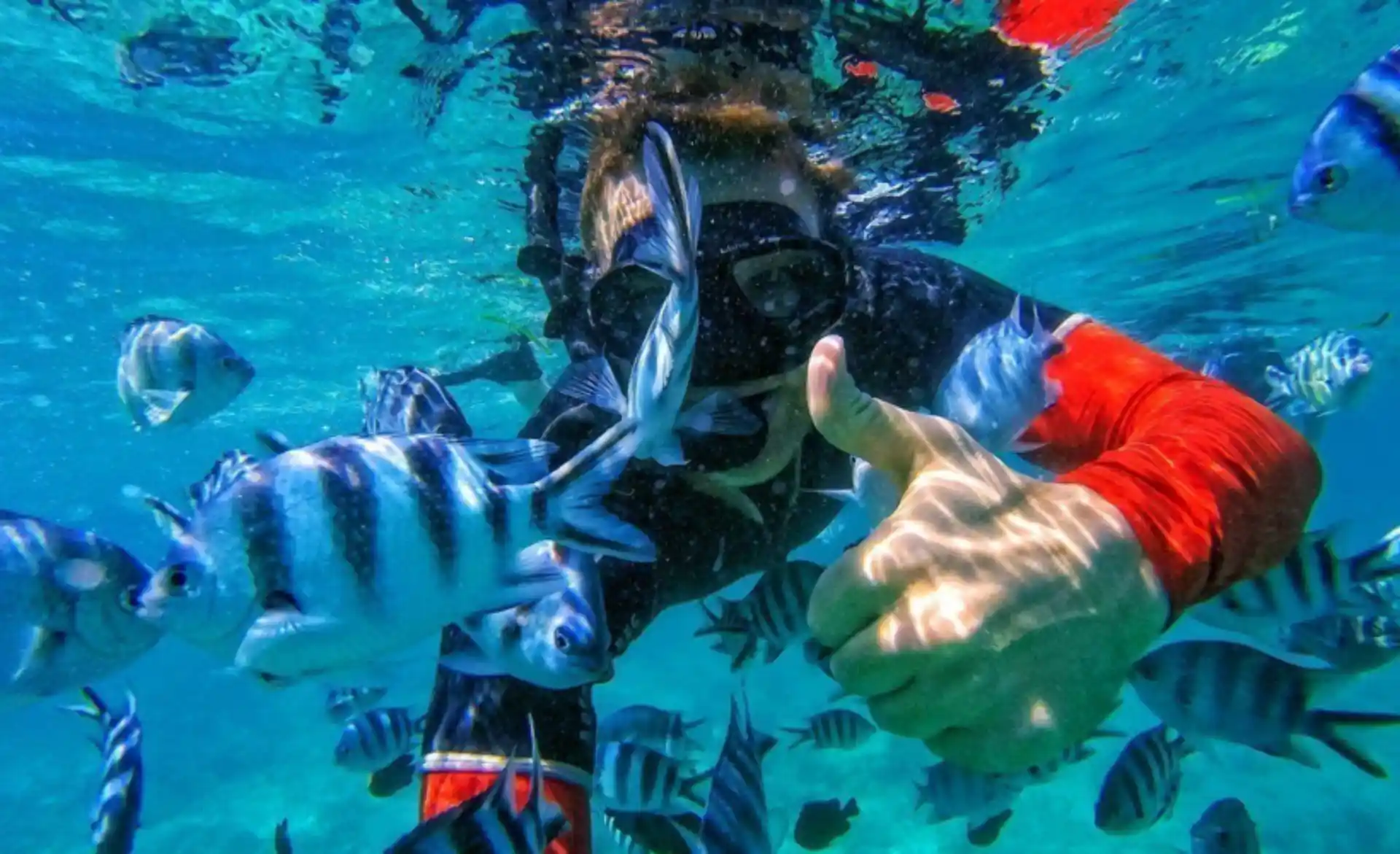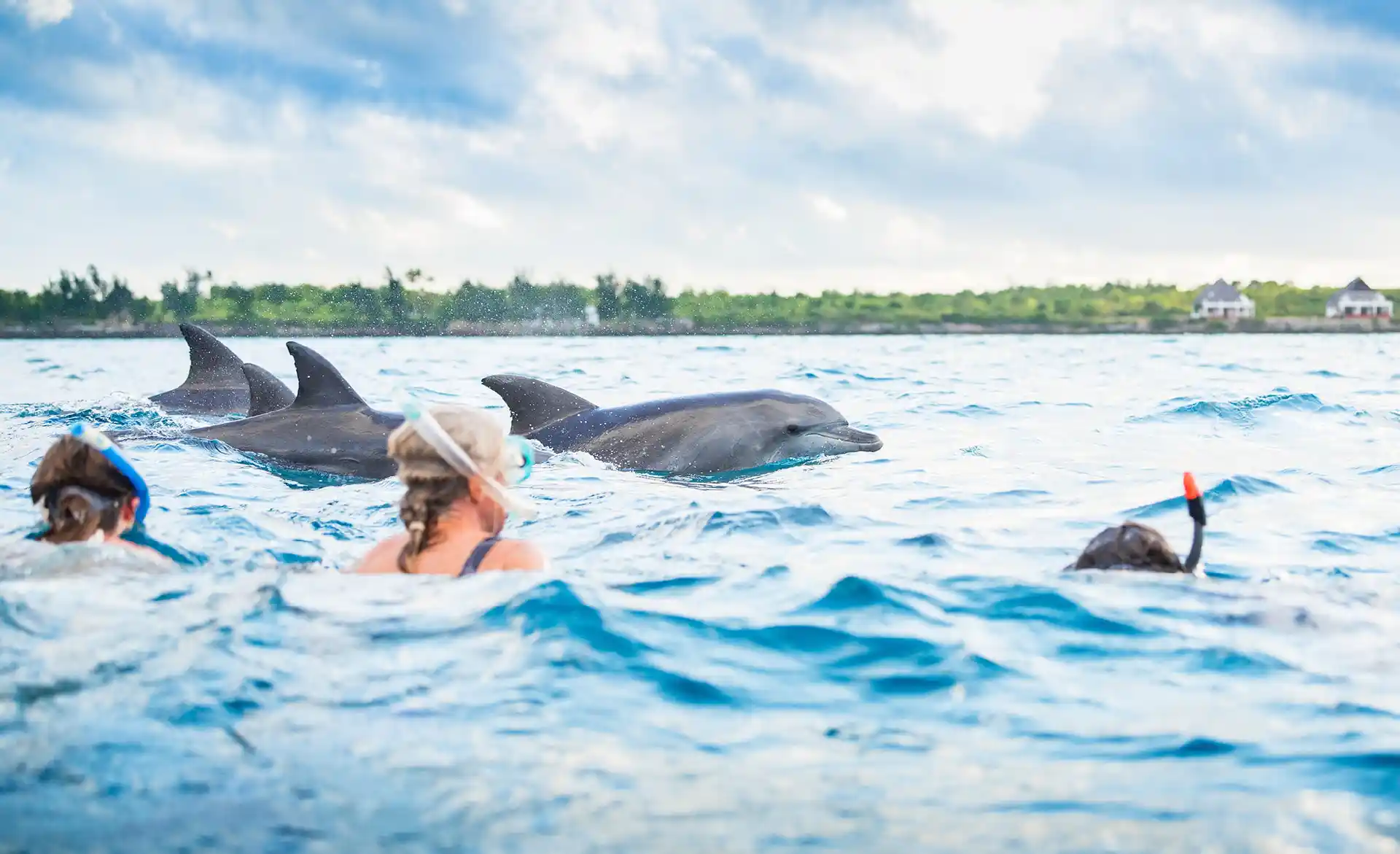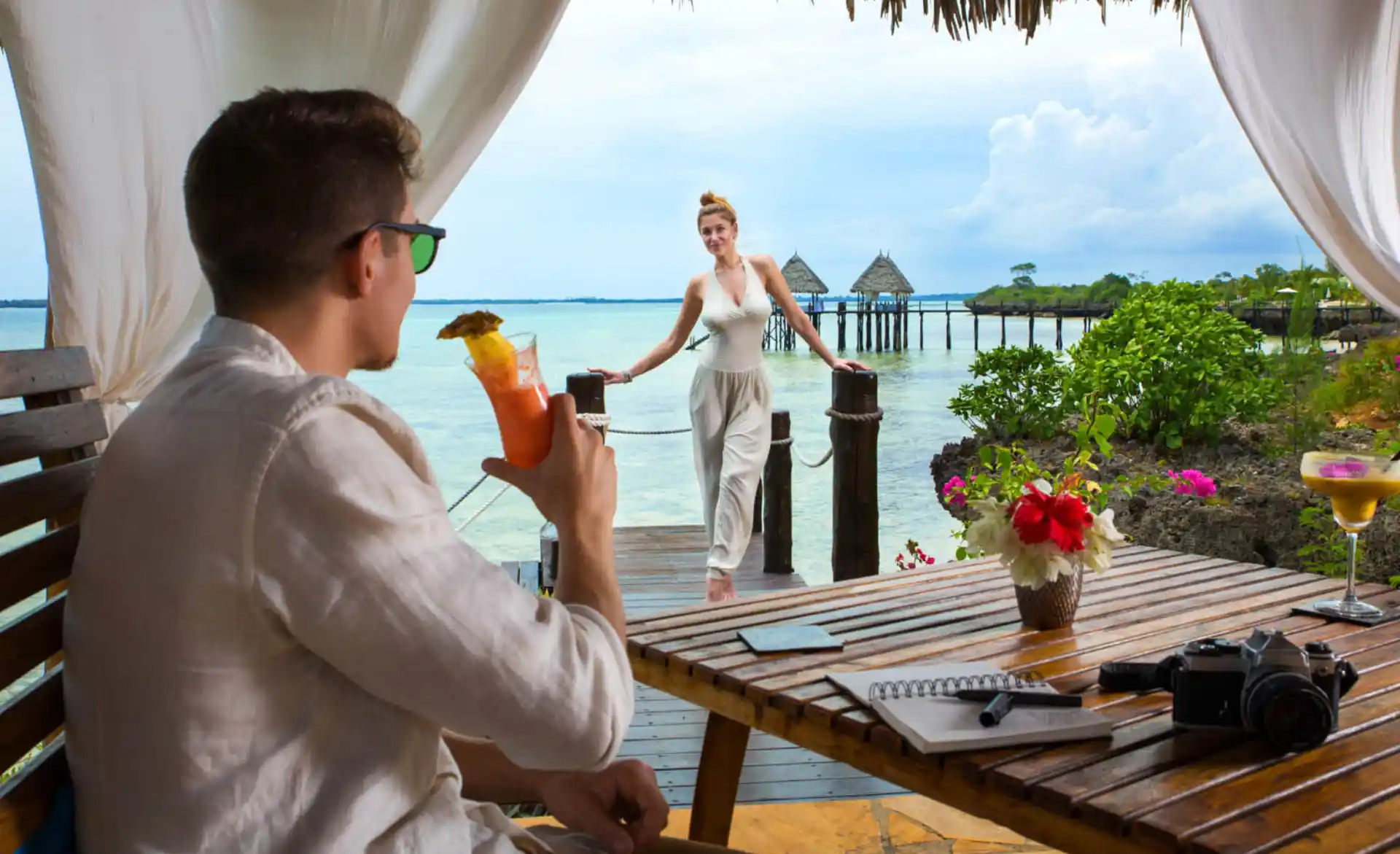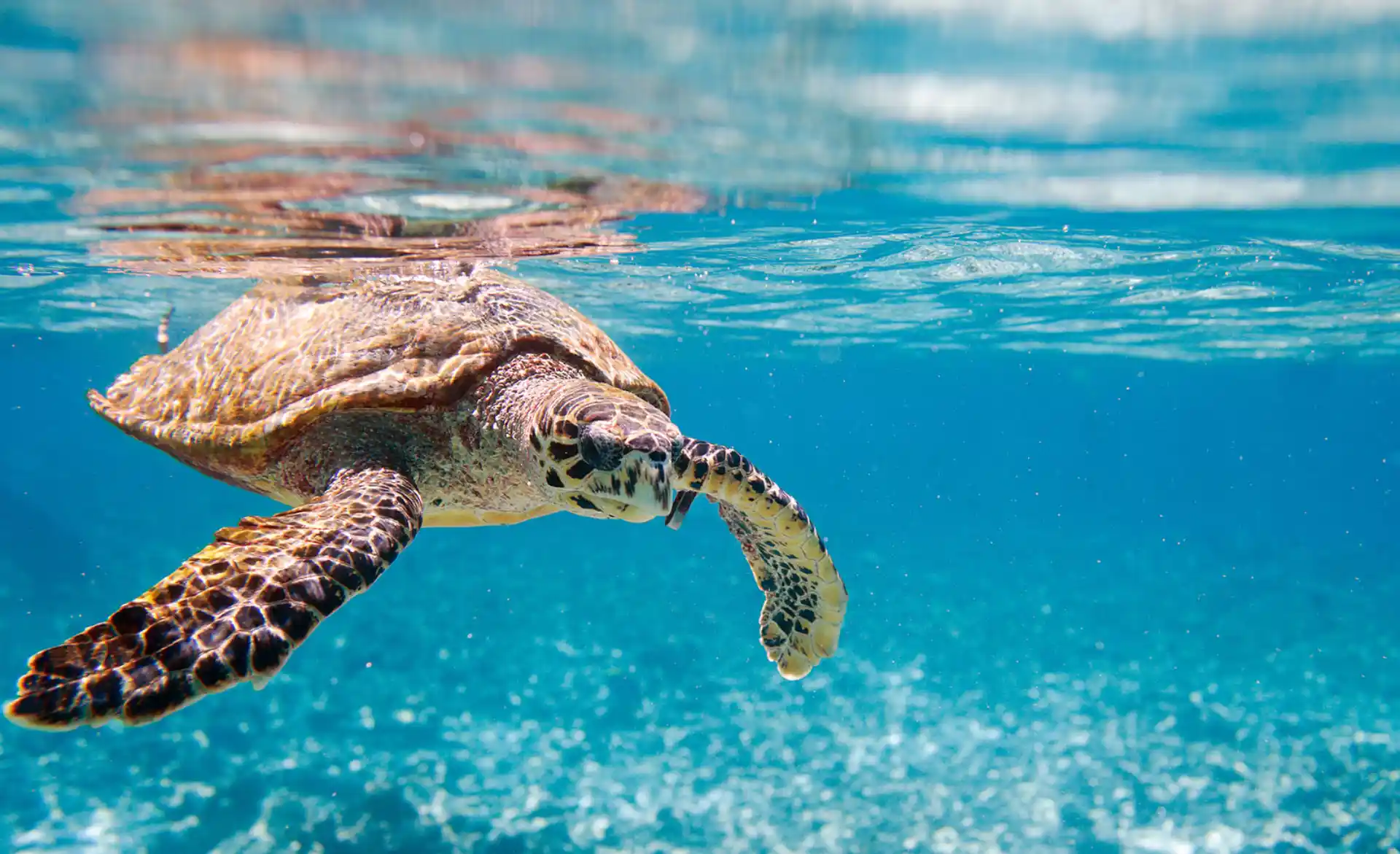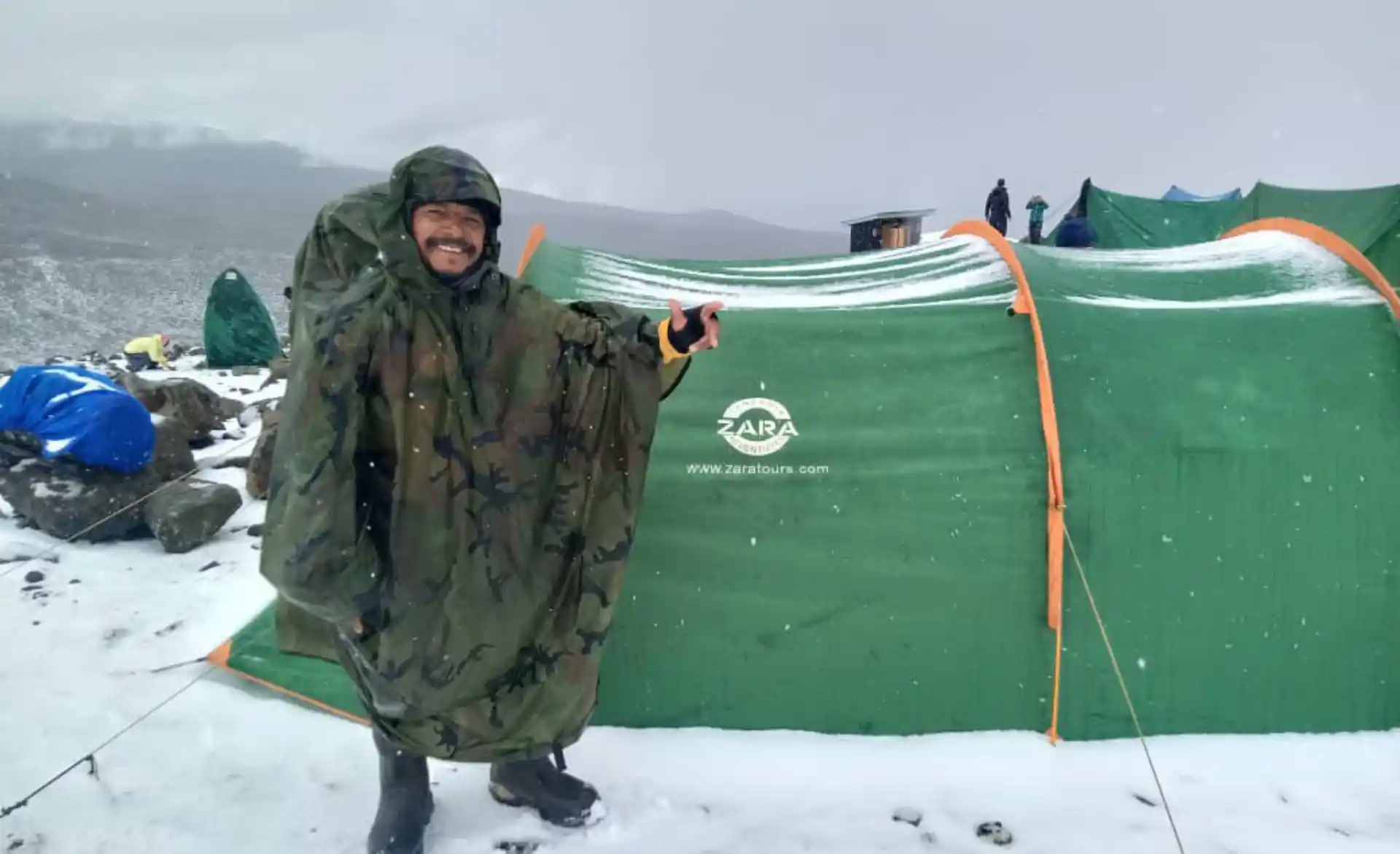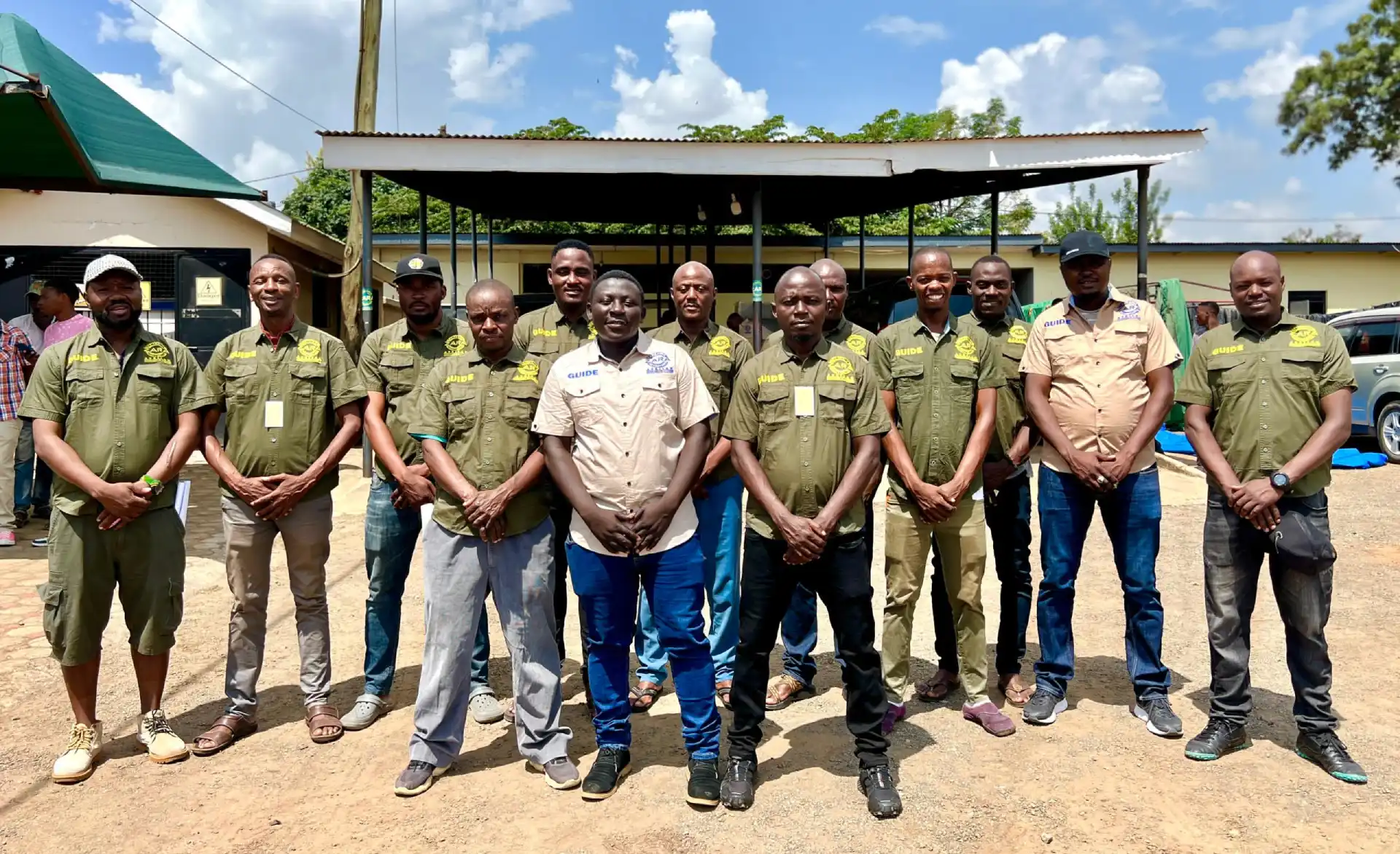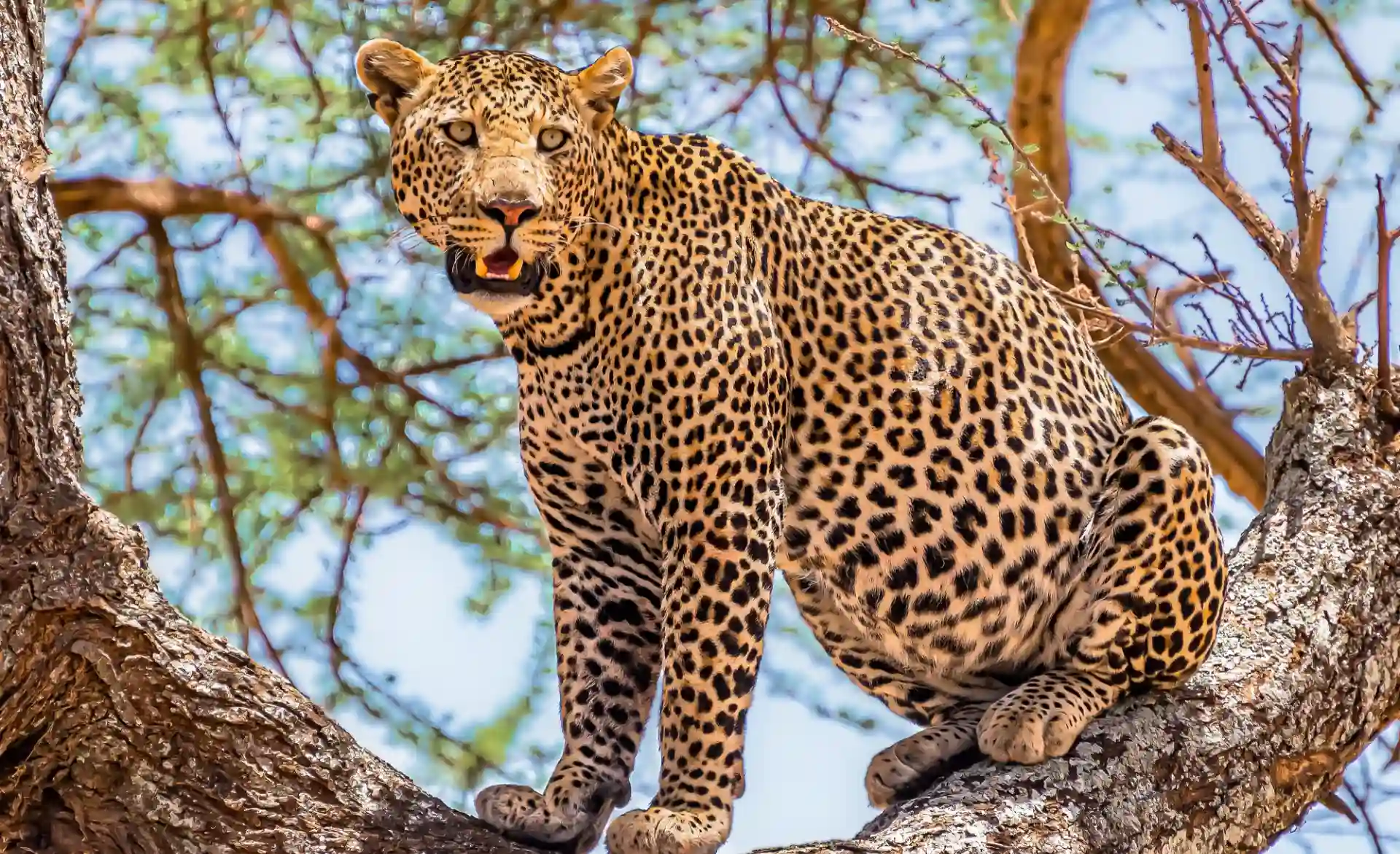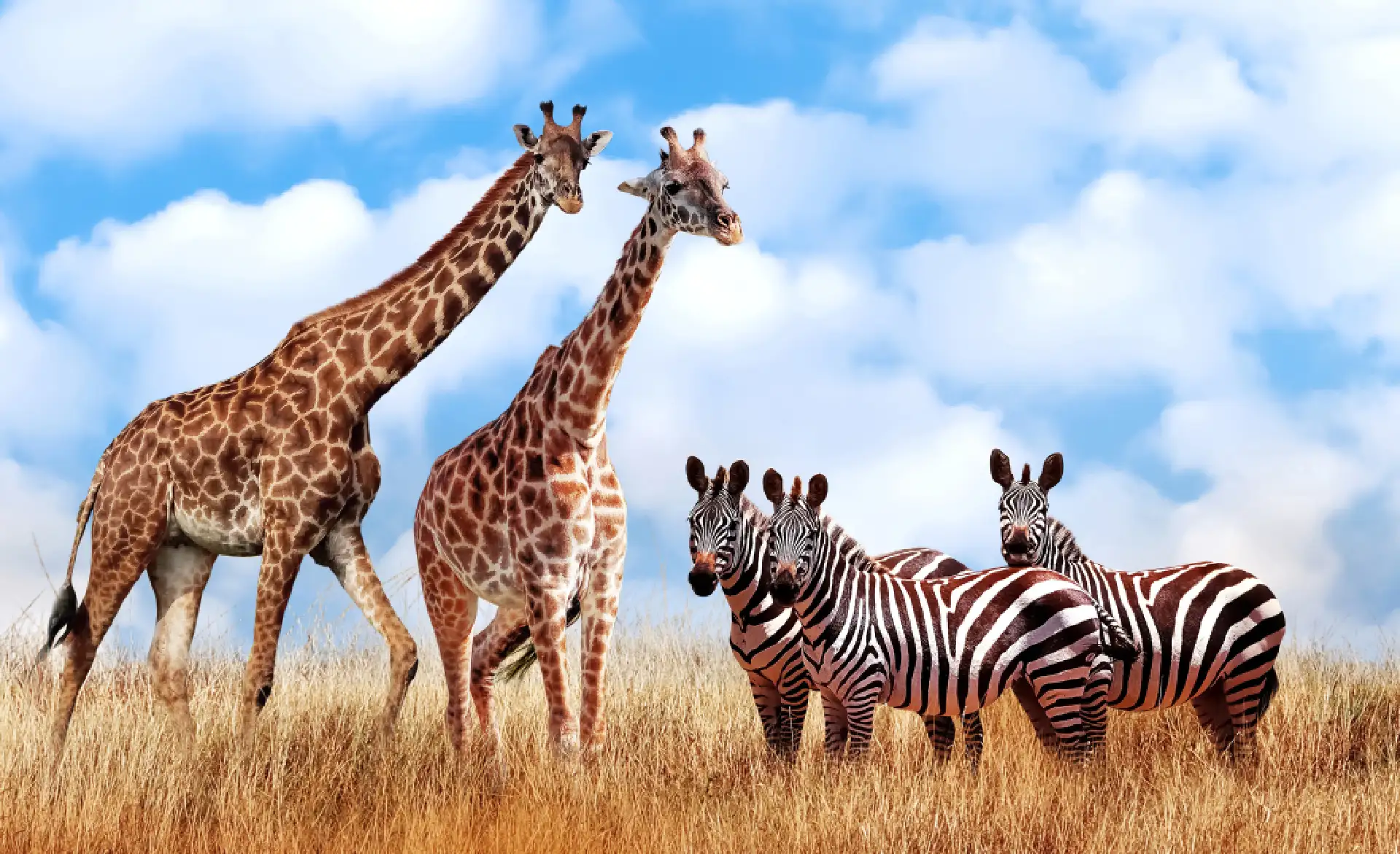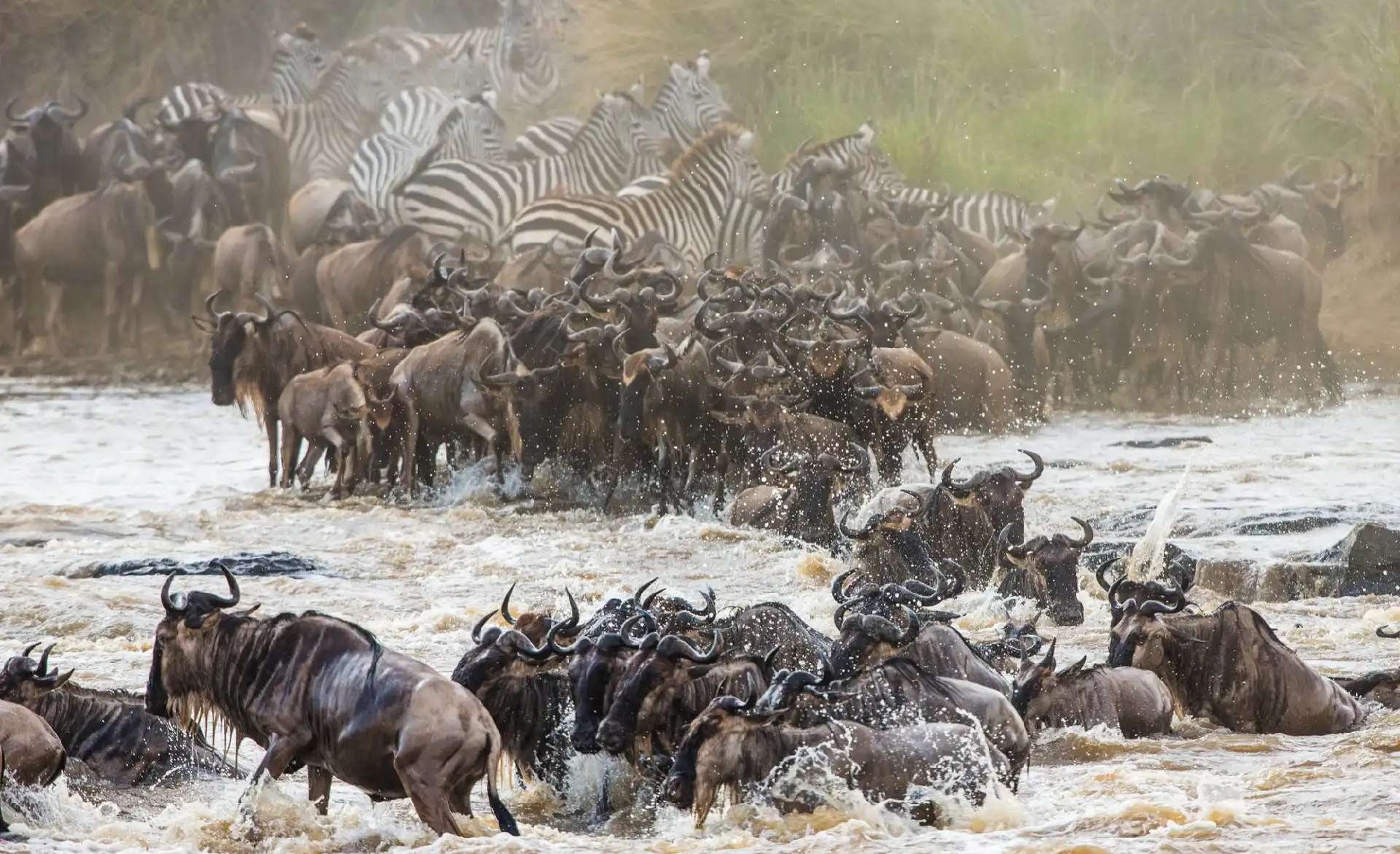Are you dreaming of standing on the summit of Mount Kilimanjaro, the tallest peak in Africa at 19,341 feet (5,895 meters)? Proper planning and packing are crucial for tackling this iconic climb. In this ultimate Kilimanjaro packing guide, we’ll cover all the gear essentials and key safety tips to ensure you’re fully prepared for this once-in-a-lifetime adventure.
Gear Essentials for Climbing Kilimanjaro
- 1. Backpack : A sturdy, 30-45 liter backpack with a hip belt is a must for carrying your gear during the multiple-day trek up Kilimanjaro. Look for one with ample space, easy access pockets, and water resistance.
- 2. Hiking Boots : Invest in high-quality, broken-in hiking boots with excellent ankle support and traction. The terrain can be rocky and slippery, so boots are far better than trail shoes.
- 3. Trekking Poles: Sturdy, adjustable trekking poles help distribute weight and provide extra stability on challenging inclines and descents.
- 4. Clothing Layers: Temperatures can swing dramatically from cold mornings to sunny afternoons on Kilimanjaro. Pack moisture-wicking base layers, insulating mid layers like fleece, and a waterproof, breathable outer shell.
- 5. Hat, Gloves, Buff/Balaclava: Protect your head, hands, and face from cold winds, sun, and dust with a warm hat, gloves, and a versatile buff or balaclava.
- 6. Daypack A 20-30 liter daypack is essential for carrying extra layers, snacks, water, and personal items during the day while porters transport your larger pack.
- 7. Sleeping Bag and Pad: You’ll need a warm, rated sleeping bag (0°F/-18°C or lower) as well as an insulated sleeping pad for camping in cold conditions.
- 8. Headlamp: A headlamp is crucial for navigating in the dark before sunrise and after sunset. Bring extra batteries.
- 9. Water Bottles/Hydration System Stay hydrated at altitude by having at least 2-3 liters of water capacity via bottles or a hydration reservoir. Purification tablets are advisable.
- 10. Toiletries: Pack travel toiletries, toilet paper/wipes, hand sanitizer, sunscreen, insect repellent, and any needed medications.
- 11. First Aid Kit: Bring a basic first aid kit with bandages, antibiotic ointment, pain relievers, blister treatment supplies, etc.
- 12. Crampons and Ice Axe These highly specialized items are usually provided by your trekking company for traversing icy sections near the summit.
Safety Tips for Climbing Kilimanjaro
- 1. Acclimatize Properly: Allow several extra days at the start of your trek for acclimatization to prevent severe altitude sickness. Ascend slowly, drink plenty of water, and don’t ignore symptoms.
- 2. Hire an Experienced Guide Company Having a knowledgeable, reputable guide company is essential for route planning, obtaining permits, and ensuring your safety on Kilimanjaro.
- 3. Pack the Right Gear In addition to the items listed above, don’t skimp on quality, weatherproof gear designed for high-altitude trekking.
- 4. Manage Your Energy Kilimanjaro is a grueling, multi-day climb. Eat calorie-dense foods, drink lots of fluids, and get sufficient rest to sustain your energy levels.
- 5. Be Honest About Your Health: Disclose any medical conditions, altitude issues, or fitness limitations to your guides. Your safety is paramount.
- 6. Monitor Weather Conditions Rapidly changing weather is common on Kilimanjaro. Be prepared for extreme sun, wind, rain, and frigid temperatures.
- 7. Know When to Turn Around There’s no shame in descending if altitude sickness, injury, or fatigue becomes unsafe. Summit dreams aren’t worth risking your health.
By packing the right gear and following essential safety guidelines, you can pursue your Kilimanjaro dreams while avoiding potential pitfalls. Proper preparation allows you to focus on soaking in the breathtaking scenery of this iconic peak. Safe trekking!
Our expert answer
FAQ
Our Answers
WHERE DO YOU SLEEP WHEN CLIMBING MOUNT KILIMANJARO
In mountain you can sleep on hut or tent. Most of the trekkers sleep in tented camps, as only the Marangu route offers hut accommodation. Everyone hiking one of the other seven Kilimanjaro routes must camp.
HOW MANY KILIMANJARO ROUTE ARE THERE?
There are 7 main mountain Kilimanjaro route which lead to the summit Uhuru peak. They are Marangu route, machame route, Lemosho route, Rongai route, Umbwe route, Shira route and Northern circuit route
IS TIPPING INCLUDED AND IF NOT, HOW MUCH SHOULD I BUDGET?
Tips are not included in the tour price and it is entirely at your discretion
IS KILIMANJARO A TECHNICAL MOUNTAIN?
Kilimanjaro requires no technical climbing experience nor climbing equipment. This makes it the most accessible of the Seven Summits in many ways.
WHEN IS THE BEST TIME TO CLIMB?
Kilimanjaro is climbable all year round.
The best months to clim, however, are July to October and December to February, as these are the warmest and driest months respectively.
July, August and September tend to be the busiest months on the mountain.
WHAT IS THE CLIMATE LIKE?
Due to the great elevation gain on a Kilimanjaro climb, you will experience all kinds of weather, from 30° C (86° F) on the plains surrounding Kilimanjaro all the way down to -7 to -29° C (20° to -20° F) at the summit. So ensure you are prepared
CAN I CLIMB WITHOUT PORTERS AND GUIDES?
No you cannot climb without porters and guides. The National Park Authority restricts climbers to the mountain without any qualified guides and the minimum number of guides to climb the mountain is 1 guide for every 3 people.
Porters are actually optional but would still advice to have porters while climbing the Kilimanjaro unless you’re fit to camp for 7 days.
THE BEST WAY TO GET TO KILIMANJARO?
The best way to get to Kilimanjaro is by flight and there no direct flights from different countries the best option is through KLM via Amsterdam or Turkish Airlines via Istanbul.
Kilimanjaro there is an international airport called JRO airport, from the airport there hour’s drive from the mountain itself.
But you should be ware of some airlines that will get a god deal but have 10-hour layover. But its best to fly through Middle East, also Qatar has direct flights into JRO from Doha.
HOW LONG DOES IT TAKE TO REACH THE SUMMIT OF KILIMANJARO?
Depending on the route, most trekkers take 5-7 days to reach the summit. The longer you spend on climbing Kilimanjaro, the better your body acclimatize, increasing the chance you will succeed in reaching the summit of mount Kilimanjaro.
CAN YOU ACCOMMODATE PEOPLE WITH SPECIAL DIET REQUIREMENTS?
Yes we can offer vegetarian, gluten-free, or any other special diets. Kindly specify at the time of booking.
HOW FIT DO YOU NEED TO BE TO CLIMB KILIMANJARO?
Trekkers have reached the summit of Kilimanjaro safely with our help. You need to have walking exercises during the weekend or be able to walk 5-7 hours on your feet.
With all the exercises you also need to have determinations. Because reach to the summit its very tough experience. During the climb you will be spending 8-10 hours and 6-8 hours descending.
